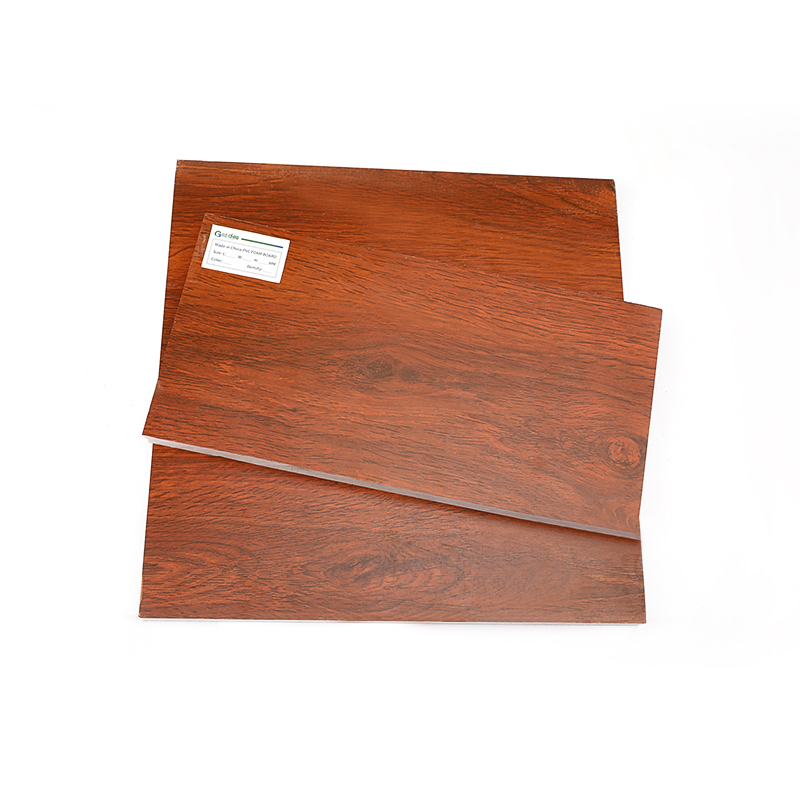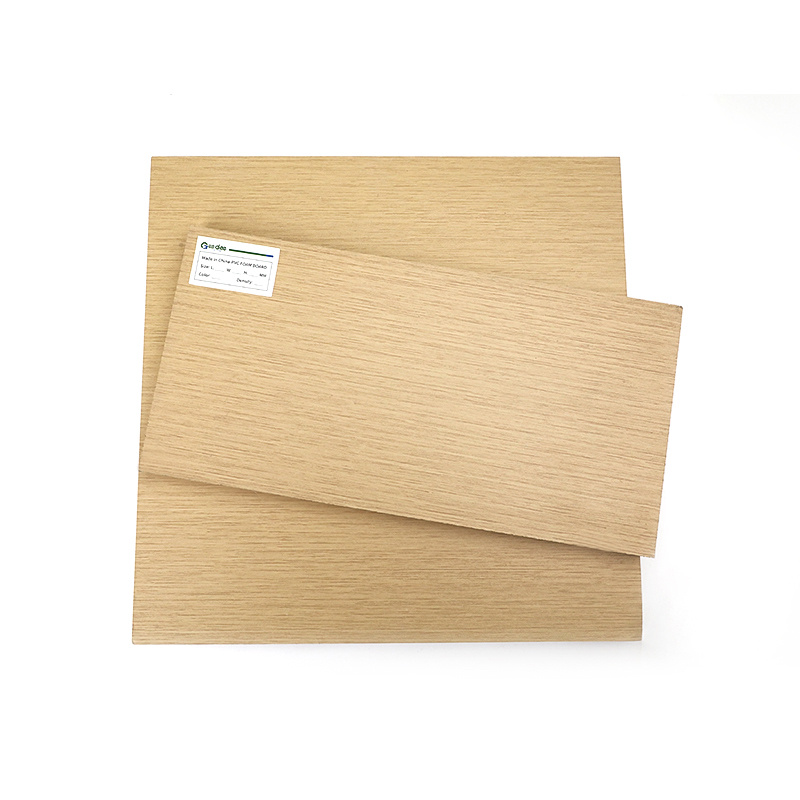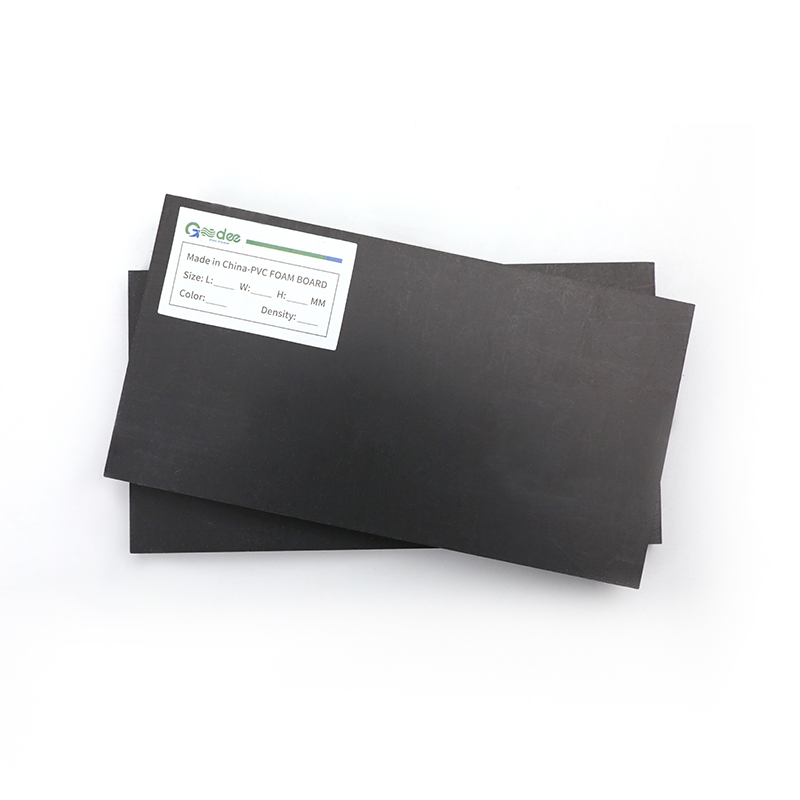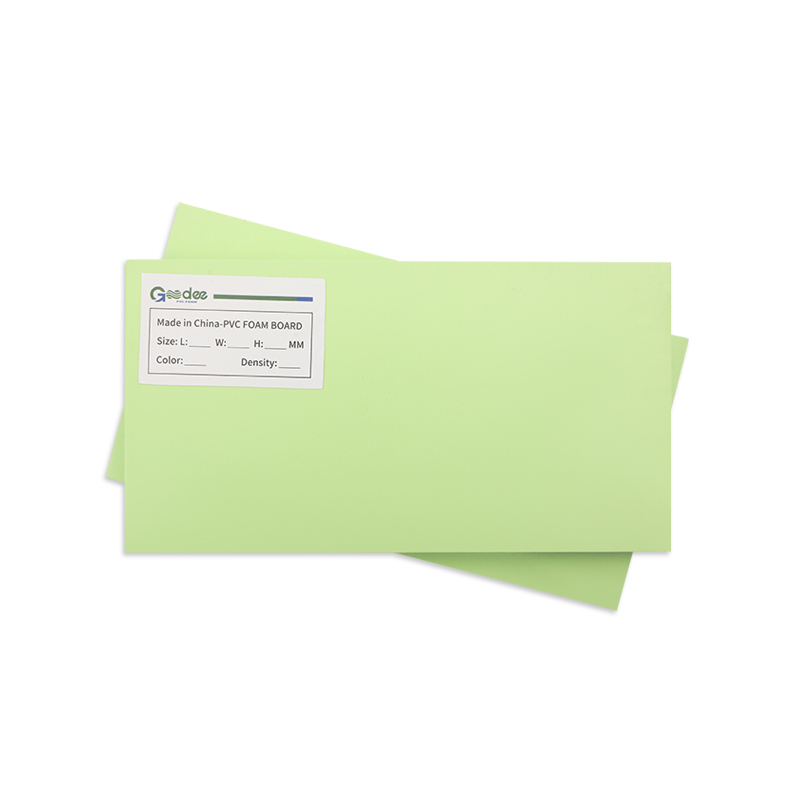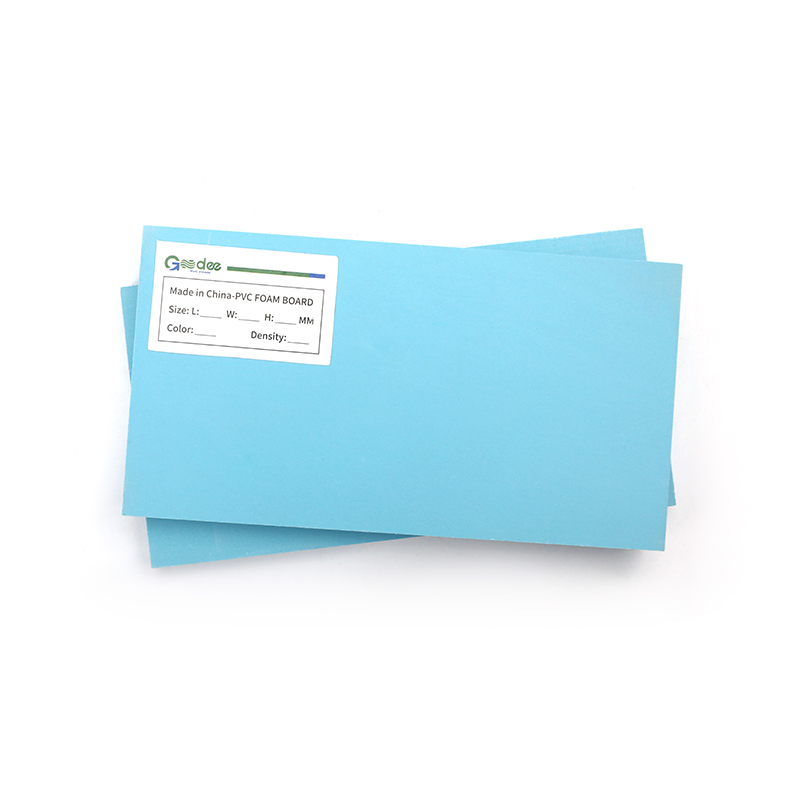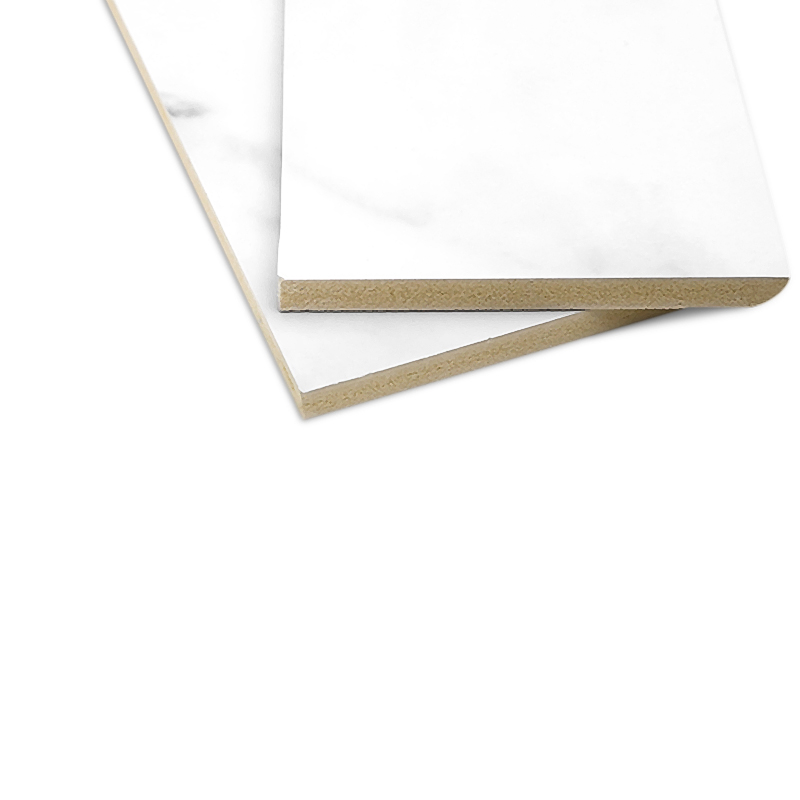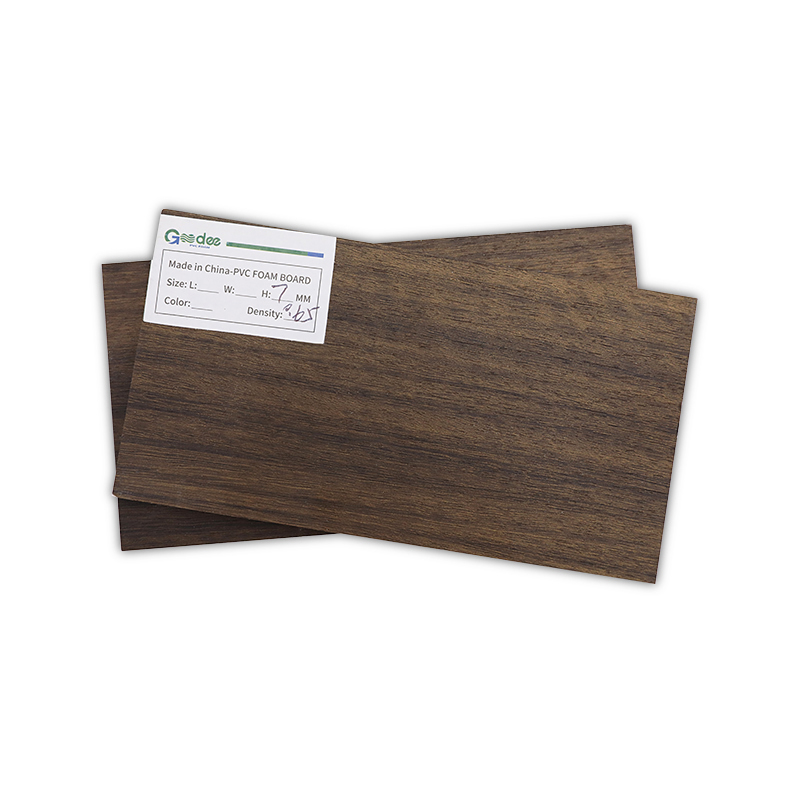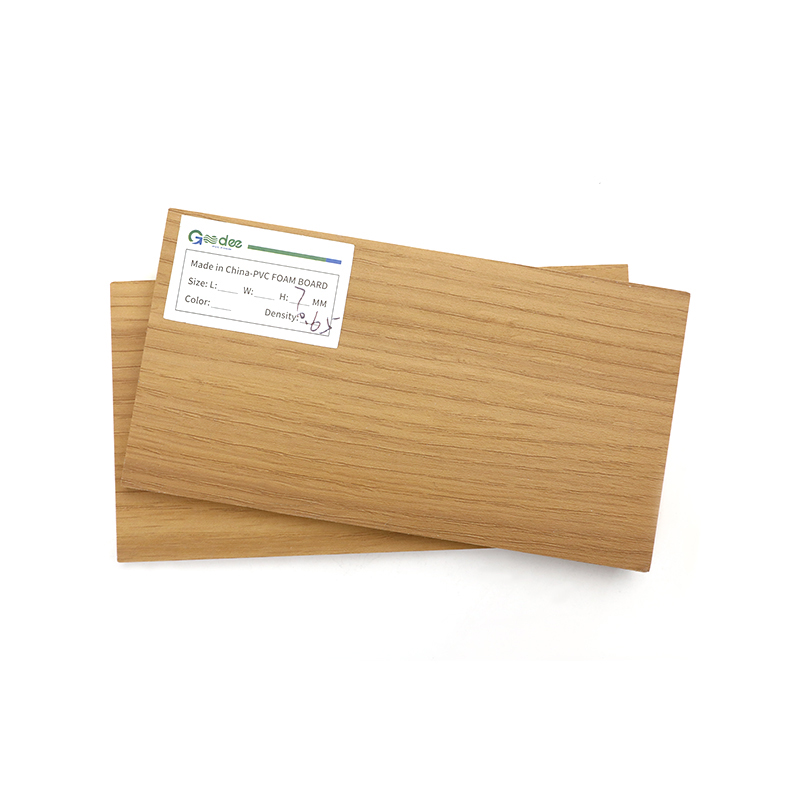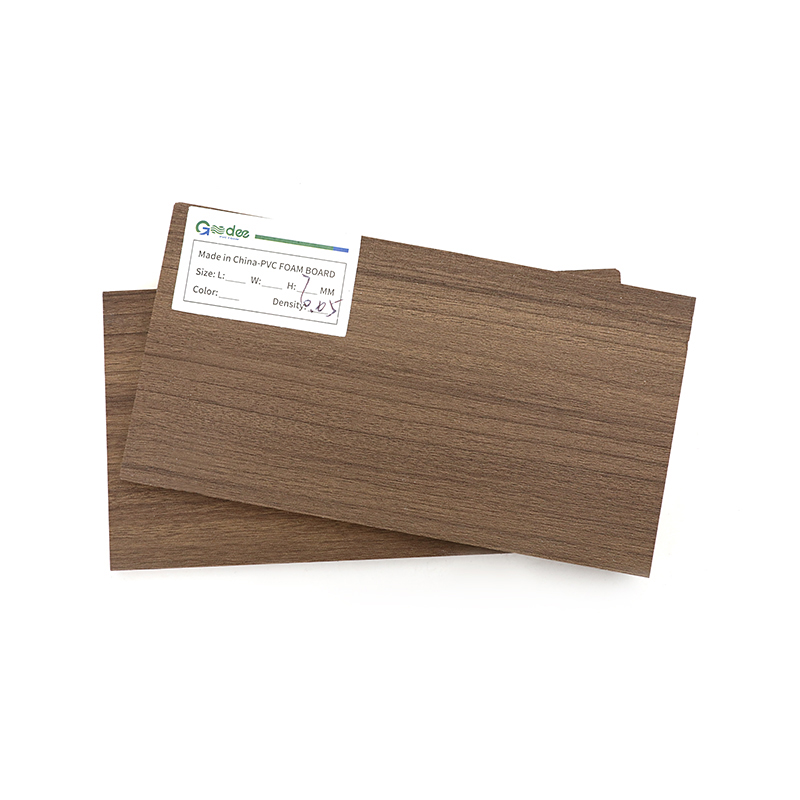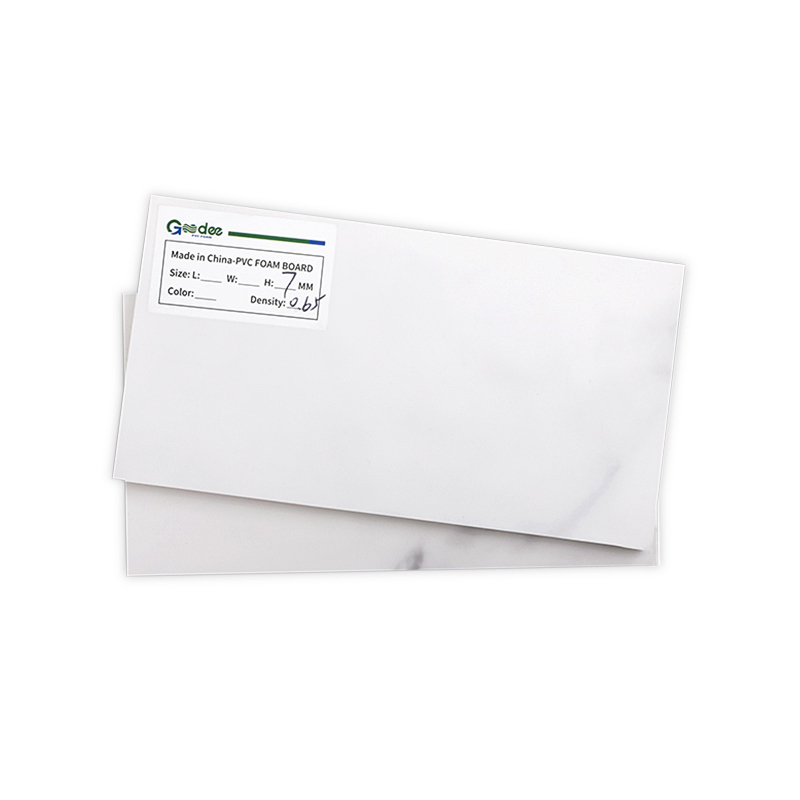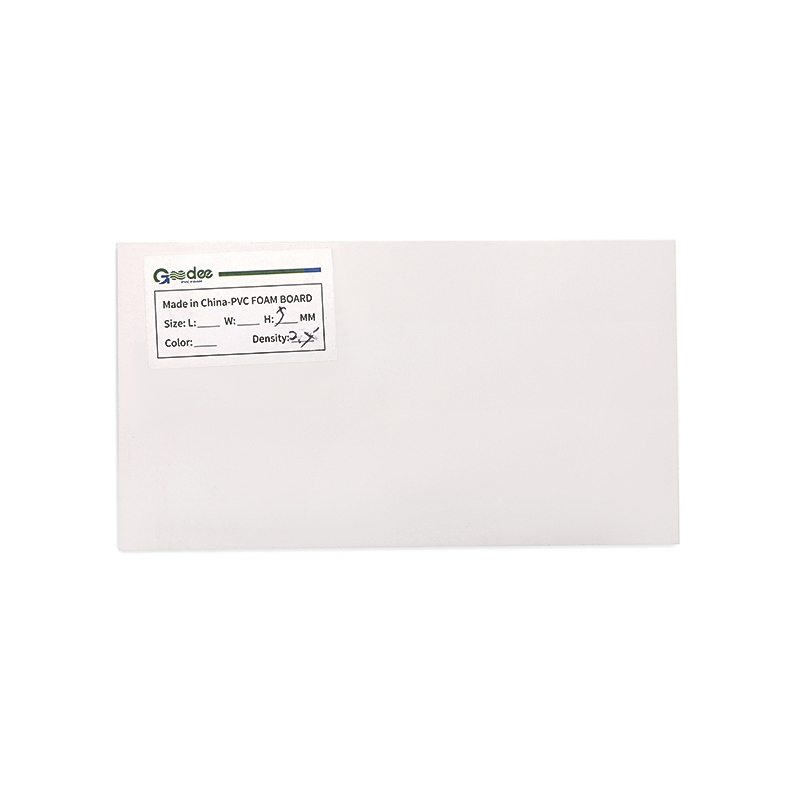The porous structure of aluminum foam boards can indeed provide good sound-absorbing properties. Aluminum foam is a lightweight material made by injecting gas or blowing agent into molten aluminum, creating a cellular structure with numerous interconnected pores. These pores or voids in the foam create a complex pathway for sound waves to travel through, which can effectively reduce and absorb sound.
Here's how the porous structure of aluminum foam contributes to its sound-absorbing properties:
Porosity: The presence of open pores in the foam allows sound waves to enter the material. When sound waves enter the pores, they encounter a series of interconnected pathways that cause them to bounce around, dissipating their energy in the process. This absorption of sound energy reduces the reflection of sound waves and makes the material sound-absorbing.
Multiple Reflections: As sound waves travel through the porous structure, they undergo multiple reflections and deflections, which further dissipates their energy. This process results in a reduction in the intensity of sound passing through the material.
High Surface Area: The large surface area of the porous structure of aluminum foam provides ample opportunities for sound waves to interact with the material. This increased interaction enhances the sound absorption capabilities of the material.
Thickness and Density: The thickness and density of the aluminum foam board also play a role in its sound-absorbing properties. Thicker and denser foam boards typically offer better sound absorption, as they provide more material for sound waves to interact with.
Engineering Control: Manufacturers can tailor the properties of aluminum foam boards to specific sound absorption requirements by adjusting factors such as pore size, density, and foam thickness. This allows for customization based on the desired acoustic performance.
Aluminum foam boards are commonly used in architectural applications, such as wall panels and ceiling tiles, where sound absorption is important for creating comfortable and quiet indoor environments. They can also find applications in the automotive and aerospace industries, where reducing noise is crucial for improving passenger comfort.
However, it's important to note that the sound-absorbing effectiveness of aluminum foam boards can vary depending on the specific design and composition of the foam, as well as the frequency of the sound waves being targeted. Therefore, when using aluminum foam for sound-absorbing purposes, it's essential to consider the specific requirements of the application and consult with experts in acoustics and materials engineering to achieve the desired results.


 English
English Español
Español